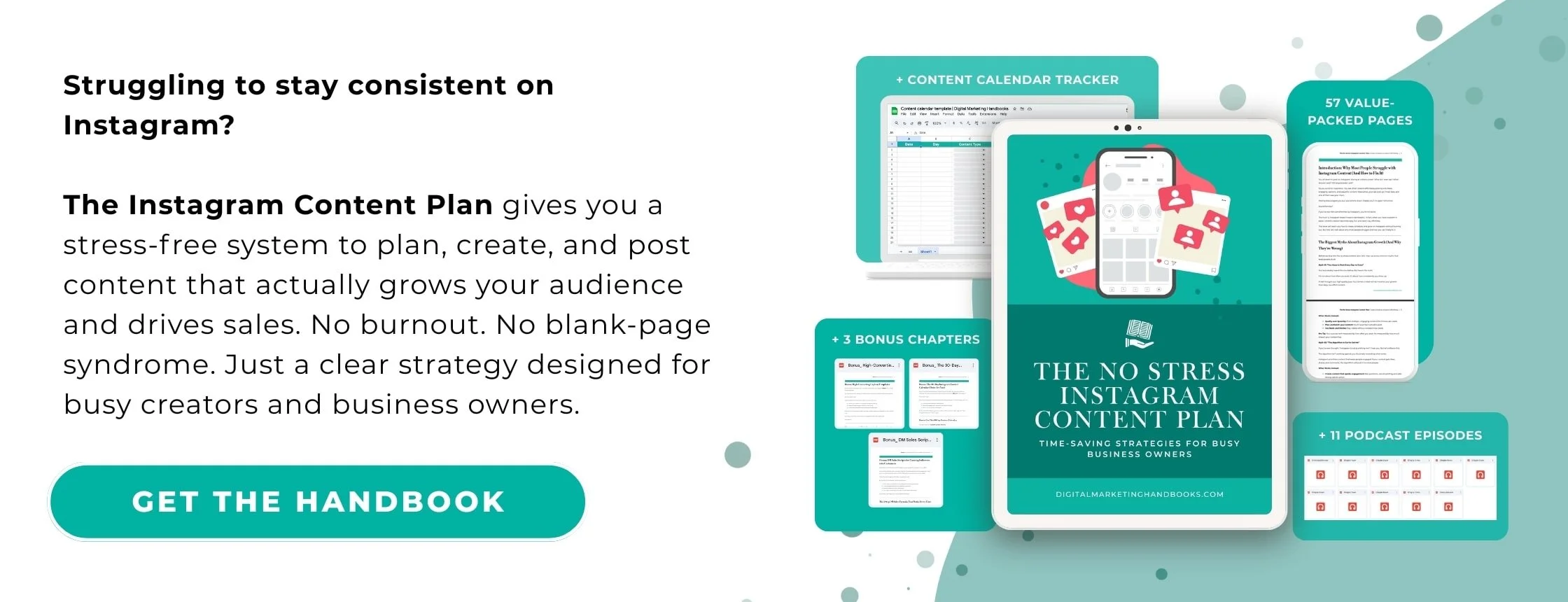What to Do When Your Content Calendar Isn’t Working
You spent hours crafting your content calendar, meticulously planning posts and campaigns to keep your brand consistent and your audience engaged. But somewhere along the way, things started falling apart. Maybe your posts aren’t getting the traction you hoped for, or you’re struggling to keep up with the schedule. Don’t worry—you’re not alone. A content calendar is a fantastic tool, but when it stops working, it’s time to take a step back, reassess, and course-correct. Here’s how.
Common Pitfalls of a Broken Content Calendar
1. Lack of Engagement
You’ve been posting consistently, but your audience just isn’t responding. Crickets in the comments section and low reach metrics can be frustrating, but they’re also telling. Often, this happens when the content doesn’t resonate with your audience’s current needs or interests.
2. Misaligned Goals
Does your content align with your overall business goals? If your calendar is filled with posts that don’t drive traffic, conversions, or brand awareness, you may need to refocus. Misalignment can lead to wasted effort and minimal returns.
3. Unrealistic Scheduling
Are you struggling to keep up with your calendar? Maybe it’s too ambitious, or your team’s resources don’t match the demands. This can lead to burnout and inconsistencies, which impact your audience’s trust.
4. Ignoring Analytics
If you’re not regularly reviewing performance metrics, you might miss critical insights. Without data-driven adjustments, your content calendar can become stagnant, repeating mistakes instead of optimizing for success.
How to Troubleshoot and Fix Your Content Calendar
1. Revisit Your Audience
When engagement is low, it’s often a sign that you need to recalibrate your understanding of your audience. Ask yourself:
Have their interests shifted?
Are there new pain points you can address?
What formats (videos, infographics, long-form blogs) are they engaging with?
Use surveys, social media polls, or customer feedback to get answers. Then, incorporate this insight into your calendar.
2. Align Content with Goals
Every piece of content should serve a purpose. If your goal is to drive website traffic, focus on blog posts, SEO, and sharing links. For brand awareness, create shareable, visually engaging content like reels or infographics. Audit your calendar and remove anything that doesn’t support your objectives.
3. Simplify Your Schedule
If your calendar feels overwhelming, it’s okay to scale back. Quality always beats quantity. Prioritize your best-performing platforms and post less frequently but with greater impact. For example:
Instead of daily posts, try 3-4 high-value posts per week.
Batch-create content to reduce day-to-day stress.
4. Dive Into Analytics
Your metrics hold the key to what’s working and what’s not. Tools like Google Analytics, Instagram Insights, or Facebook Business Manager can help you identify:
Which posts drive the most engagement.
What time your audience is most active.
Topics that consistently perform well.
Use these insights to adjust your content strategy and double down on what works.
5. Experiment and Iterate
Content marketing isn’t static; it’s a dynamic process of trial and error. Test new ideas, formats, and posting times. Did your audience respond well to a behind-the-scenes reel? Add more of those. Did a certain blog post topic outperform others? Expand on it.
Pro Tips for a Sustainable Content Calendar
Use Themes: Assign weekly or monthly themes to streamline your planning and maintain consistency.
Plan Ahead but Stay Flexible: Leave room for trending topics or unexpected opportunities.
Collaborate: Involve your team or seek feedback from your audience to keep ideas fresh.
Leverage Automation Tools: Tools like Hootsuite or Buffer can save time and ensure consistency.
When to Start Fresh
Sometimes, your content calendar isn’t salvageable, and that’s okay. If it feels outdated, overly complicated, or disconnected from your goals, it might be time to start from scratch. Use your lessons learned to create a more streamlined, data-informed calendar.
Final Thoughts
Your content calendar is a powerful ally when it’s working, but even the best plans need adjustments. By addressing common pitfalls and staying attuned to your audience’s needs, you can turn things around and create a content strategy that’s both effective and sustainable. Remember, every challenge is an opportunity to learn and grow. You’ve got this!
What challenges have you faced with your content calendar? Share your story in the comments—let’s troubleshoot together!

